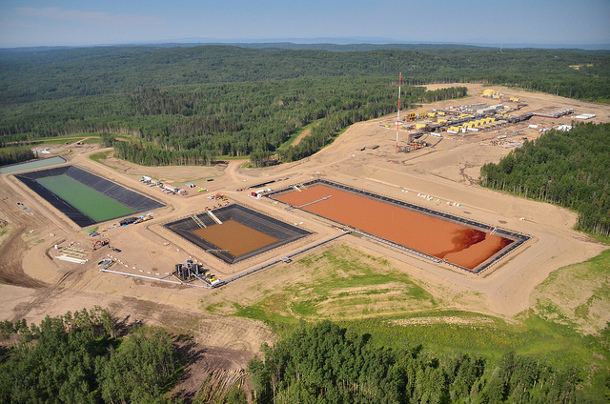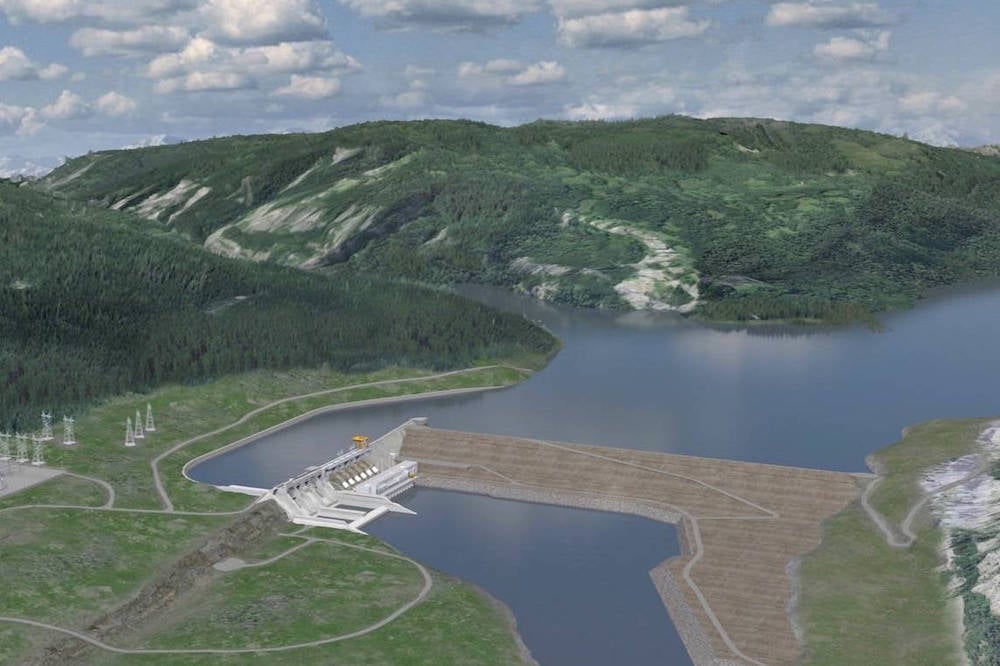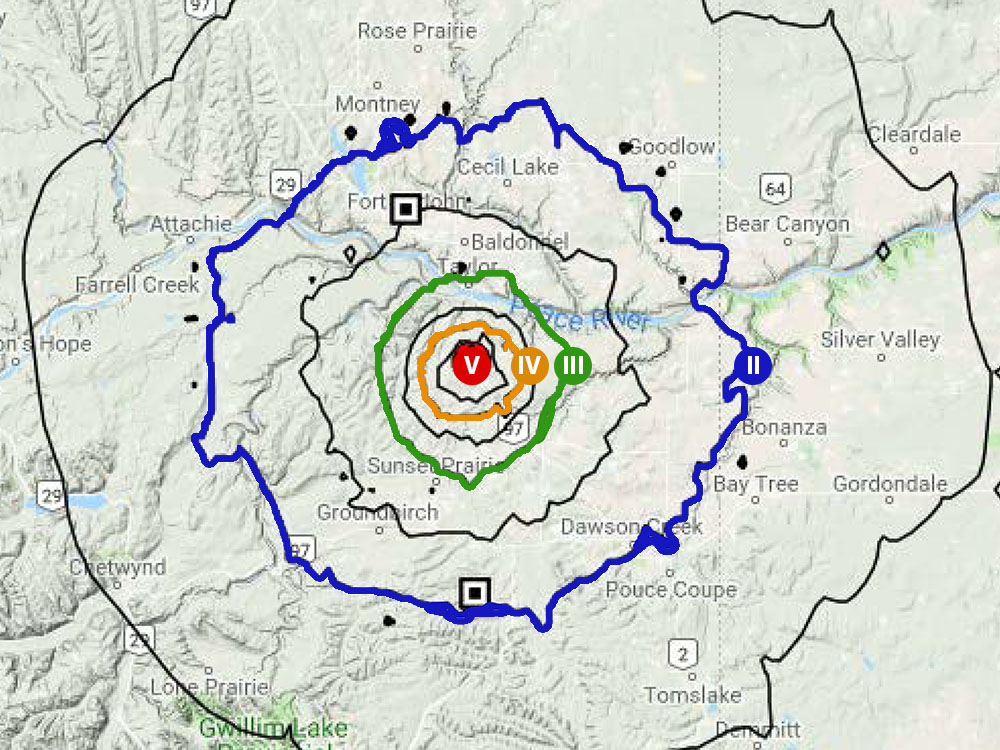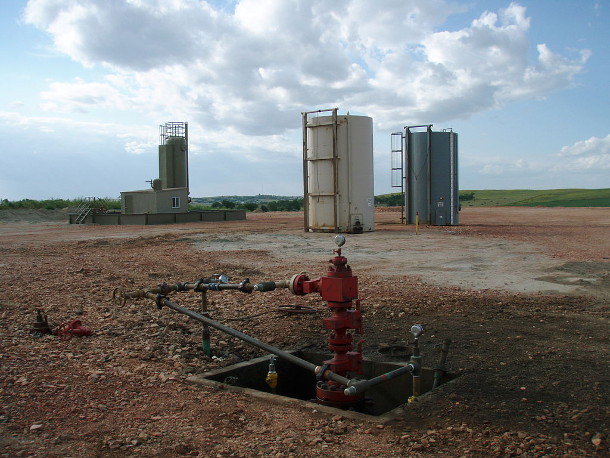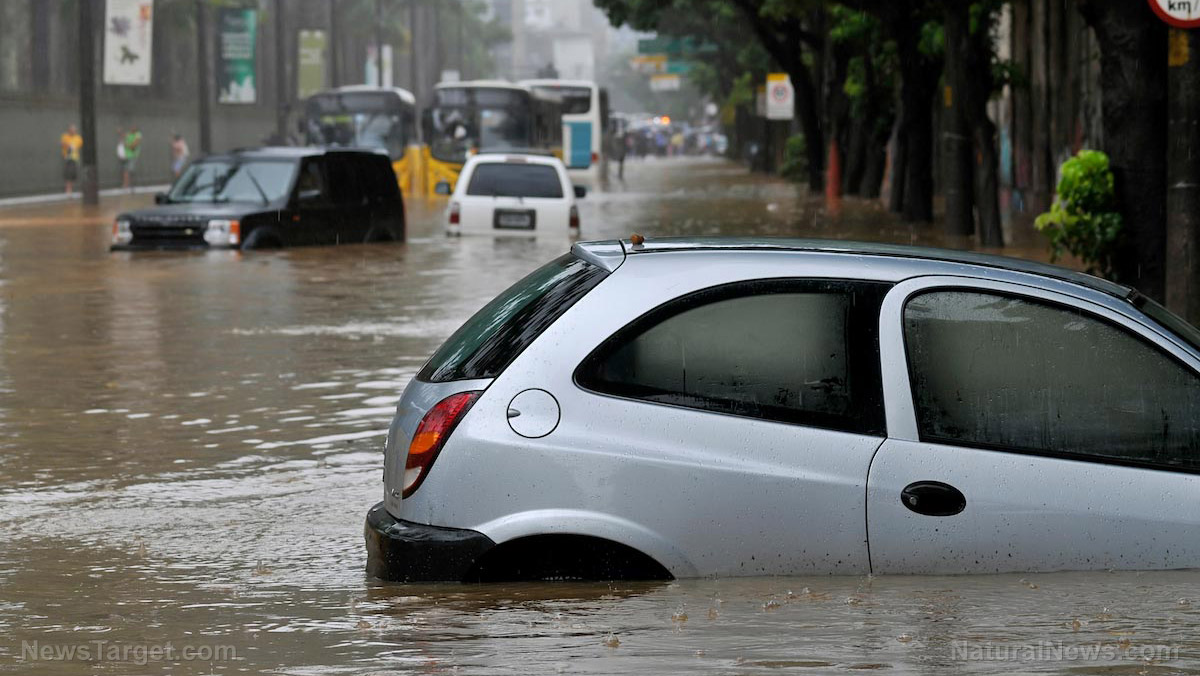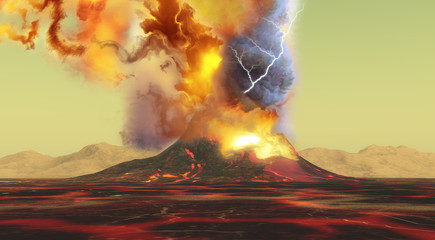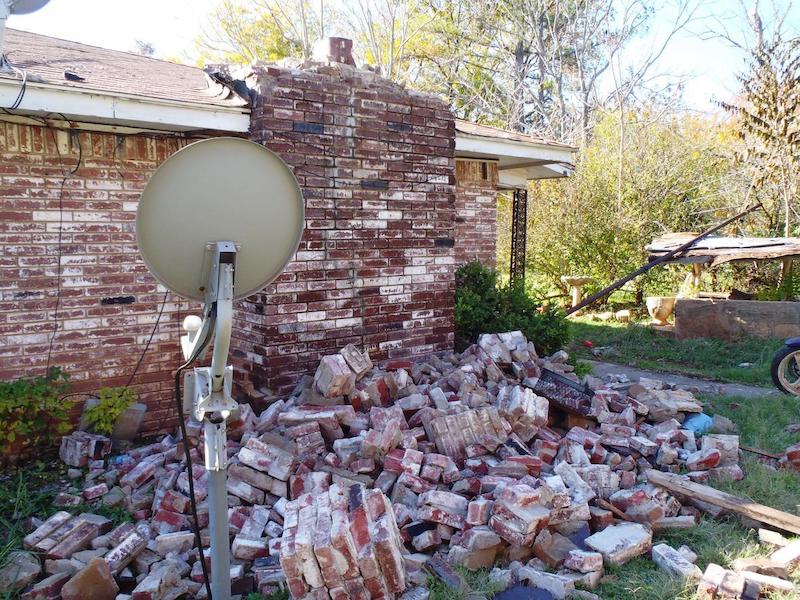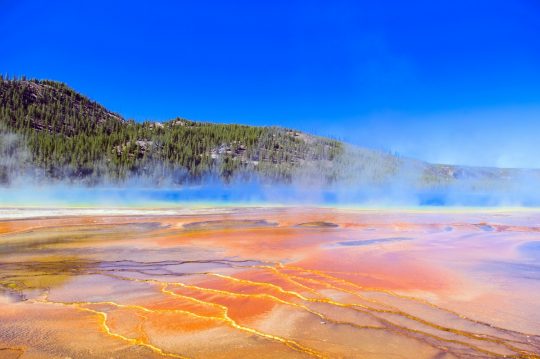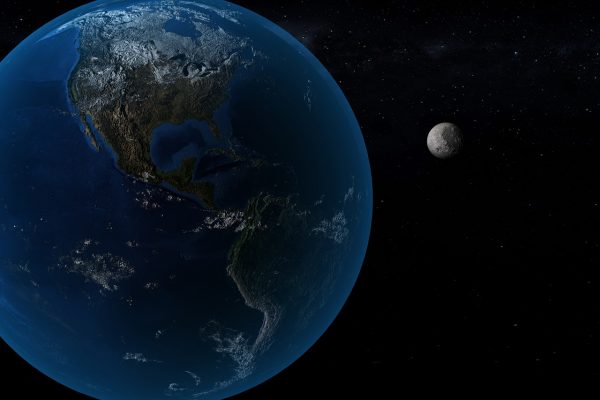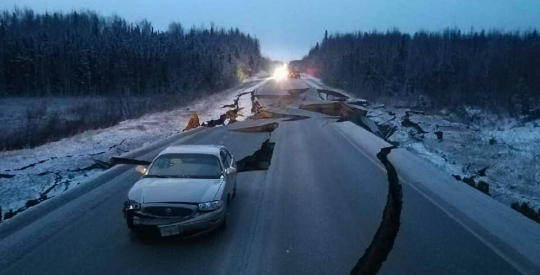Something many people aren’t aware of is just how climate change is affecting natural disasters once thought to have no connection to weather and/or climate – earthquakes and volcanic activity. Unfortunately, these two phenomena are predicted to also get much worse over time due to isostatic rebound caused by the melting of the ice sheets and glaciers. A new study demonstrates this rather well; but an even gloomier study also explains how this issue can also affect the release of methane hydrates. Methane hydrates are a mixture of methane and ice held in place by temperature and pressure. They are also known by various other names, quote:
“Several other names are commonly used for methane hydrate. These include: methane clathrate, hydromethane, methane ice, fire ice, natural gas hydrate, and gas hydrate. Most methane hydrate deposits also contain small amounts of other hydrocarbon hydrates. These include propane hydrate and ethane hydrate.“
So, these predicaments by themselves interact with several other predicaments and are threat multipliers. Another study points out how melting glaciers contribute to earthquakes. As most people well know, melting glaciers and thawing permafrost also cause sea level rise, increased carbon emissions, landscape slumps, thermokarst lakes and depressions, and many other issues covered in the file on the cryosphere. Sheesh, just these two paragraphs in and of themselves are a feast for research into positive feedback loops!
Another study shows how isostatic rebound can also affect ice sheets grounded in the ocean. So, adding volcanoes and earthquakes to the list of effects climate change exacerbates and knowing that climate change is caused by ecological overshoot, this means that there are even far more disasters we have to look forward to in the future than previously thought.
…click on the above link to read the rest of the article…






